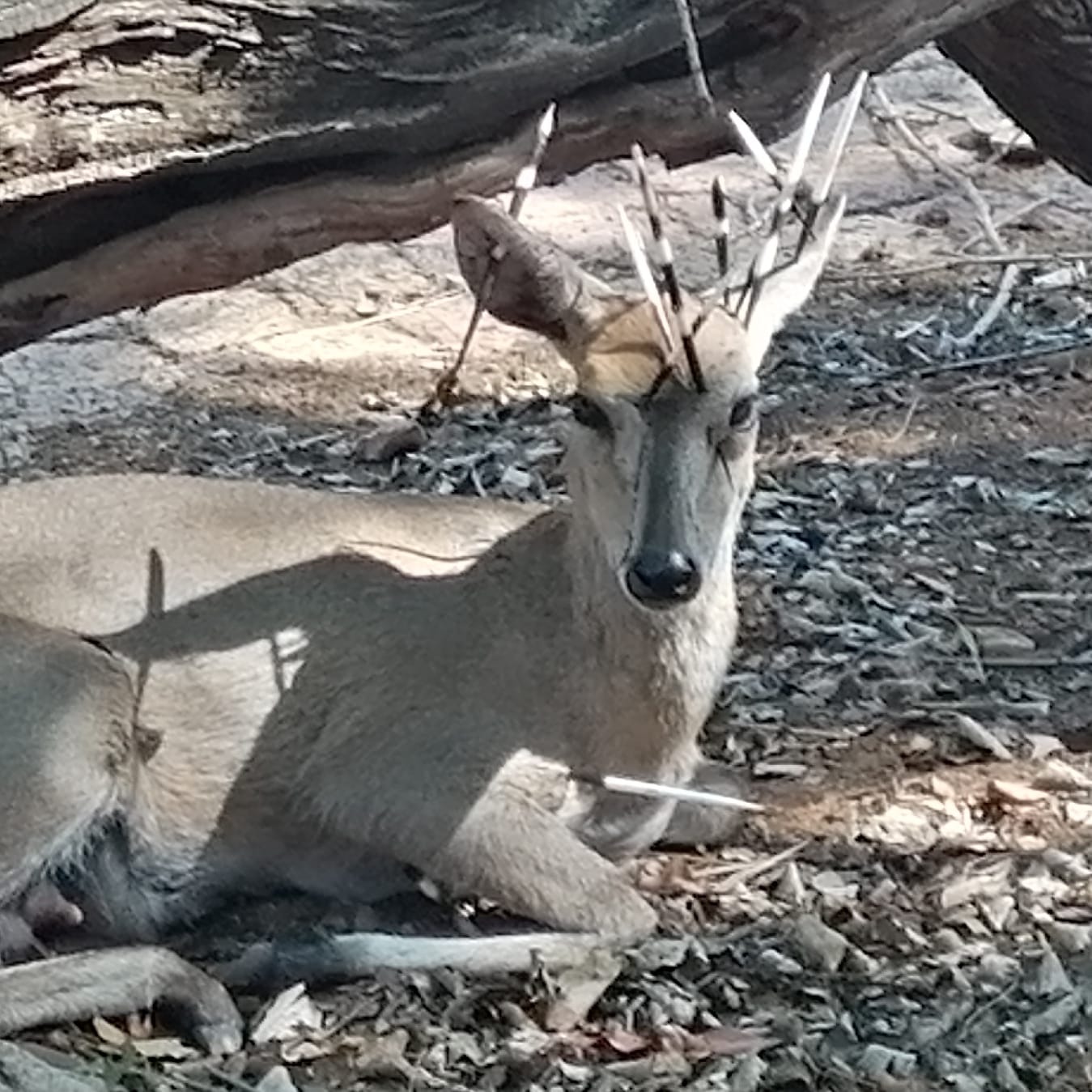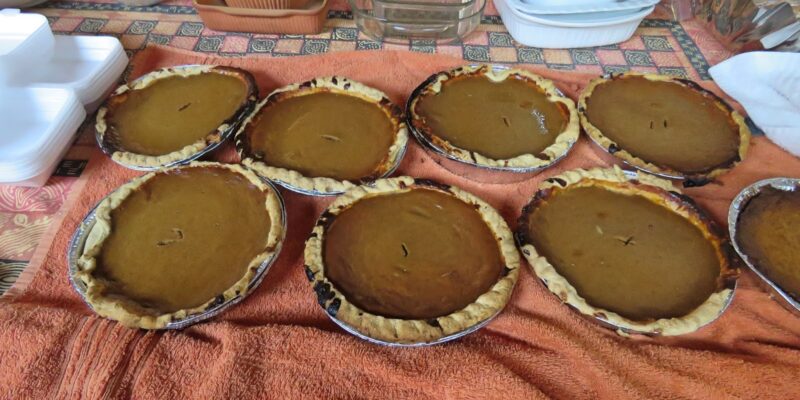|
|
Since commencing our world travels in 2012, we have experienced over 200 safaris, including trips to Africa, India, Alaska, and Antarctica. We have observed that some preconceived notions about wildlife are quickly dispelled upon seeing animals in the wild and conducting considerable research.
Another myth we often hear is that polar bears are found in Antarctica, but this is untrue. Polar bears are linked to the Arctic sea ice, where they hunt their seal prey. The bears are found in five range states: the U.S. (Alaska), Canada, Russia, Greenland, and Norway (Svalbard). Scientists have divided them into 20 populations, some shared by more than one country.
While on a guided safari in Africa, a few tourists assumed warthogs were miniature rhinoceros. We chuckled discreetly while the guide corrected them. When on safaris with other tourists, we keep our mouths shut and let the guide educate the other participants. When we are with visiting friends on safari on a self-game drive, we freely provide the narrative when requested.
However, we’re often taken aback by the misconceptions and myths about wildlife, some of which we share below.
Wildlife myths are often fascinating stories passed down through generations, blending cultural beliefs with nature’s mysteries. While many of these tales may seem outlandish, they reflect humanity’s long-standing curiosity about the animal kingdom. Here are a few interesting wildlife myths and the truths behind them:
1. Owls as Harbingers of Death
- The Myth: In many cultures, owls are seen as omens of death. Their eerie calls in the night, often heard when the world is quiet, have made them creatures of superstition. For example, some Native American tribes believed that hearing an owl’s hoot could mean an impending death in the family.
- The Truth: Owls are actually beneficial predators, controlling rodent populations. Their nocturnal nature and haunting sounds might have contributed to their mysterious reputation, but there’s no scientific basis for associating them with death.
2. Lemmings Commit Mass Suicide
- The Myth: The idea that lemmings intentionally throw themselves off cliffs in mass suicides became widely popular after a 1958 Disney documentary, “White Wilderness.” The film staged a dramatic scene where lemmings were shown diving into the ocean en masse.
- The Truth: Lemmings do migrate in large groups, but the “mass suicide” concept is entirely false. When populations become too large, they search for new territory, sometimes leading them into dangerous situations, but it’s purely accidental and not a deliberate act of self-destruction.
3. Sharks Don’t Get Cancer
- The Myth: It’s a common belief that sharks are immune to cancer, which has fueled interest in shark cartilage as a potential cancer treatment.
- The Truth: While it’s true that sharks rarely develop bone cancer (since they don’t have bones), they are not immune to cancer. They can still develop other forms of the disease, including tumors.
4. Touching a Toad Causes Warts
- The Myth: Many people grow up believing that touching a toad will cause warts, probably due to the toad’s bumpy skin.
- The Truth: Warts are caused by human papillomavirus (HPV), not toads. While toads’ skin may look warty, their bumps are completely unrelated to the virus that causes warts in humans.
5. Bats Are Blind
- The Myth: “Blind as a bat” is a common saying, suggesting that bats navigate purely by echolocation because they cannot see.
- The Truth: Bats are far from blind. Many species have good eyesight. They rely on echolocation to navigate in the dark, but their vision plays an important role in hunting during dusk and dawn.
6. Goldfish Have a Three-Second Memory
- The Myth: It’s long been said that goldfish have incredibly short attention spans, only capable of remembering things for a few seconds.
- The Truth: Studies show that goldfish can remember things for months. They can learn and associate sounds or visual cues with feeding times, demonstrating a much longer memory than the myth suggests.
7. Mother Birds Will Abandon Their Babies if Humans Touch Them
- The Myth: Many people believe that if you touch a baby bird, its mother will smell human scent on it and abandon it.
- The Truth: Birds have a very poor sense of smell, and most will not abandon their chicks just because a human has touched them. If you see a baby bird on the ground, it’s often best to leave it alone, as its parents are likely nearby.
8. Wolves Howl at the Moon
- The Myth: The iconic image of a wolf howling at the moon is deeply rooted in folklore and often depicted in art and media.
- The Truth: Wolves howl for communication, not at the moon. They use howling to locate pack members, defend territory, or coordinate hunting, regardless of the moon’s phase.
9. Elephants Never Forget
- The Myth: Elephants are often said to have perfect memories, never forgetting a face or experience.
- The Truth: While it’s a bit of an exaggeration, elephants do have exceptional memories. This is especially useful in their social structures and navigating vast territories, where remembering water sources and migration paths is essential for survival.
10. Porcupines Can Shoot Their Quills
- The Myth: There’s a popular misconception that porcupines can shoot quills like arrows when threatened.
- The Truth: Porcupines cannot project their quills. Instead, the quills detach easily when they come into contact with predators. They serve as a defensive mechanism, but there’s no projectile involved.
While in Marloth Park, we’ve seen several bushbucks and other antelope encountering porcupines whose faces and bodies are filled with quills. Here’s a photo we took in October 2022 posted here.

Of course, there are dozens of myths we haven’t posted here. If you’ve encountered such myths, feel free to share your story.
Be well.
Photo from ten years ago today, October 8, 2014:
|
|





















